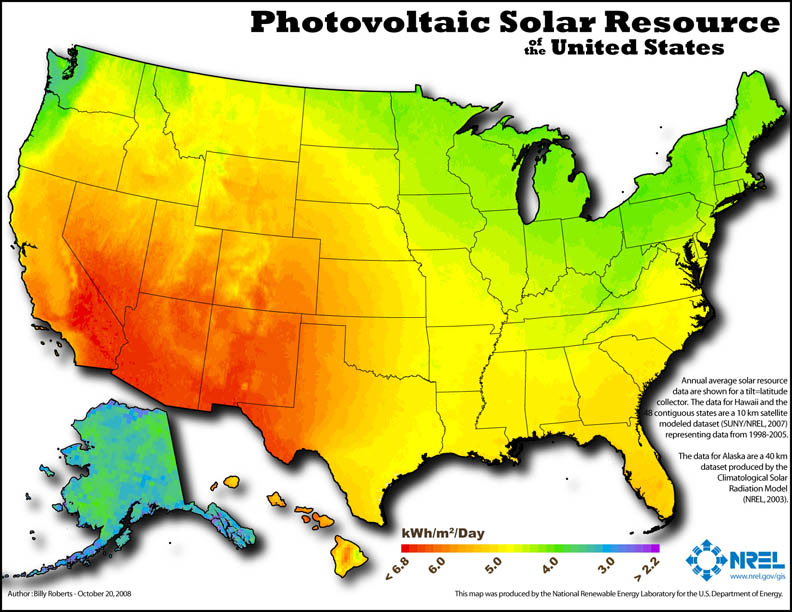forum
library
tutorial
contact

Study: Dam Proposal Puts Region Behind
in Goal of 'Decarbonizing' NW Electrical Grid
by Matthew Weaver
Capital Press, July 1, 2022
|
the film forum library tutorial contact |

|
Study: Dam Proposal Puts Region Behind
by Matthew Weaver
|
"Tens of thousands of acres of irrigated farmland will be lost if the dams are breached.
... Electricity rates could jump by 25% or more if the dams are lost."
-- Kurt Miller, executive director of Northwest RiverPartners
 The Pacific Northwest is already behind in reaching political leaders' goal of "decarbonizing" the electric grid, and replacing the lower Snake River dams would only add more cost, create delays and generate more carbon dioxide, according to a recent study from Northwest RiverPartners.
The Pacific Northwest is already behind in reaching political leaders' goal of "decarbonizing" the electric grid, and replacing the lower Snake River dams would only add more cost, create delays and generate more carbon dioxide, according to a recent study from Northwest RiverPartners.
"For farmers, this is a huge issue," said Kurt Miller, executive director of the not-for-profit organization, which represents regional community-owned utilities. "Tens of thousands of acres of irrigated farmland will be lost if the dams are breached. Additionally, electricity is a major expense for farmers, especially for those who use pumps for irrigation. Electricity rates could jump by 25% or more if the dams are lost."
Environmental groups and a handful of politicians want to breach the lower Snake River dams, but the electricity they generate would need to be replaced.
"Decarbonizing" the power grid refers to eliminating the use of coal, oil and natural gas to generate electricity. Dams are a carbon dioxide-free resource, Miller said.
The study found it would cost $142 billion to meet current Oregon and Washington laws that aim to achieve decarbonization by 2040 and 2045, respectively.
Removing the dams would add at least $15 billion to the total cost.
The study, conducted by Energy GPS Consulting, considered the historic paces of developing renewable resources for the Western Power Pool, California and Texas, and doubled them.
The study finds the capacity required to achieve base case requirements while maintaining the dams, would not be achieved until 2057 in a best-case scenario, and 2076 in a worst-case scenario.
"It's showing how far behind the region is in achieving its decarbonization requirements under those laws," Miller said. "It is genuinely shocking once you see what it takes to get there."
Miller thinks the extra $15 billion cost of removing the dams, "even in today's age, is still a lot of money." He notes that's just the cost of the power supply, at current values, so it's likely to increase.
"Right now, it's public power customers who would be stuck with the bill if they were removed," he said. "For them, the rate impact would be tremendous."
Northwest RiverPartners presented the study's findings to consultants working on Washington Gov. Jay Inslee and Sen. Patty Murray's federal-state assessment on dam breaching. Murray and Inslee are slated to make their final recommendation this summer.
"As the governor and senator noted when the draft consultant report was released, they take public feedback very seriously," said Jaime Smith, spokesperson for Inslee's office. "The governor will be considering that feedback when he makes his recommendations."
Miller said the organization will present the study to the Northwest Power and Conservation Council and other groups.
Northwest RiverPartners' membership is primarily made up of electric utilities, he said.
"They are experts in this space, and I think this will be eye-opening even for them," he said. "I think this is going to change the discussion."
Stakeholders need to understand the importance of hydropower to clean energy, and find ways to get more production from them if possible, Miller said.
Miller called the study a "wake-up call" and "major warning" to people concerned about carbon reduction.
"It shows we really can't get there, especially without the lower Snake River dams remaining in place," he said.
According to the study:
learn more on topics covered in the film
see the video
read the script
learn the songs
discussion forum
